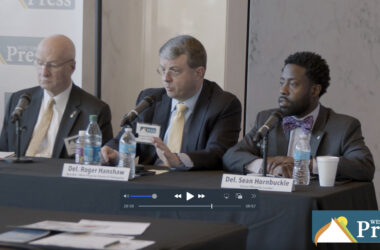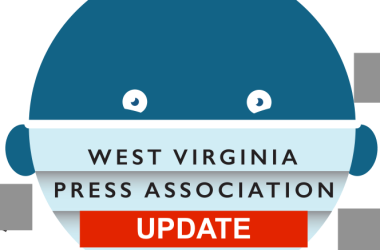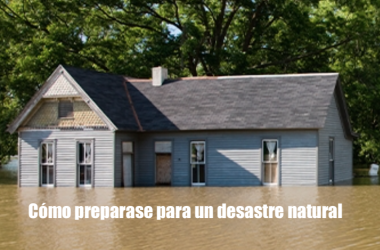MARTINSBURG, W.Va. — While much of the state of West Virginia is suffering and is expected to continue suffering economically, the Eastern Panhandle seems to have a bright future.
However, experts say the area should still be vigilant about ensuring the growth it has been experiencing continues.
That’s part of the reason why John Deskins, director of the Bureau of Business and Economic Research and associate professor of economics at West Virginia University, travels around the state to provide economic outlooks for various regions and explain takeaways from the economic data he and his team have collected. Deskins and others appeared before a crowd in Martinsburg at the Holiday Inn on Tuesday for the Eastern Panhandle Economic Outlook Conference sponsored by West Virginia University College of Business and Economics.
“Most people, when they listen to my talk, they walk away with a sense of urgency, and I think you should walk away with a sense of urgency to really recognize where we stand in West Virginia altogether, and most importantly, make the right changes we need to make in order to take West Virginia forward,” Deskins said. “The Eastern Panhandle does look much better, and this is one of the regions that we’re going to really depend on to help bring the overall state forward, so we desperately need the strength of the Eastern Panhandle.”
NEED FOR ECONOMIC DIVERSIFICATION
Deskins explained that West Virginia has been hit hard economically over recent years, and that hit is largely due to the lack of diversification in the state’s economy.
“It’s been a rough go in West Virginia altogether. We’ve lost 17,000 jobs since the beginning of 2012. That job loss has been overwhelmingly driven by the loss in coal, but we have weaknesses in a few other sectors of our economy, and most importantly, we just have so much stagnation in other sectors outside of energy,” Deskins said. “We expect the economy to grow at an average annual rate of 0.6 percent per year over the coming five years. That compares to national job growth we expect of 0.9 percent, so we’ve fallen in light of steady but somewhat modest national economic growth.”
Deskins went on to discuss coal more in depth during his presentation.
“We stand now where we were five years ago where we were in 2011 in terms of economic output from all industries outside the energy sector. … The fact that our overall economic fate is so closely tied to coal and energy is not a good thing,” Deskins said. “We’ve got to think about other ways to get manufacturing and tourism and other industries more successful in West Virginia. Right now, the extent to which our overall state is tied to coal is somewhat shocking. We’ve got to think about economic diversification.”
While the Eastern Panhandle does not have coal production, the decline in the coal industry still has major effects on the region, according to Deskins.
“The closest way that you are connected to energy here in the Eastern Panhandle is, of course, through state tax revenue. If energy suffers, state tax revenue suffers,” Deskins said. “That makes it harder to fund the education and the infrastructure and all the other needs that we have here for government services in the Eastern Panhandle.”
Furthermore, Deskins said one way to economically diversify West Virginia and nurture prosperity is to play on the diversity of the entire state.
“Our state is very, very diverse — extremely diverse in terms of its economic opportunities and challenges and strengths and weaknesses — and we have to think about these differences when we think about how to really grow our state over the long term,” Deskins said. “If we just think about the economy in simply terms, it’s not going to yield economic development strategies. I don’t think there’s anything we can do to ensure that all 55 counties stop the population losses and see increases, I don’t think that’s realistic. What I think is most reasonable is for us to focus on cultivating some real islands of prosperity (like the Eastern Panhandle).”
EASTERN PANHANDLE JOBS
Although Deskins highlighted population growth and a better economic outlook in the Eastern Panhandle in comparison to the rest of the state, the region does rely heavily on a particular type of job.
“In the Eastern Panhandle, actually, the main component (of jobs) makes up 25 percent. One in 4 jobs that are located here in this three-county region are government jobs. That’s state and local government, but it also includes a lot of federal government employment in the Eastern Panhandle. Overall in West Virginia, 20 percent of the jobs are government jobs,” Deskins said. “When I say we have a good economy here and we expect growth … you might ask, ‘Why is it not growing more rapidly than that?’ (Government jobs) are a big dead weight on job growth. Government jobs are one quarter of the jobs here in the region, but government employment is flat. State and local government is not growing, federal government employment is not growing, … (but) 1 percent job growth, especially with that in mind, is better than it looks.”
Job growth in the Eastern Panhandle is far different from the rest of the state, not just by amount but also by type.
When compared to the rest of the state, several types of jobs in the Eastern Panhandle are expected to grow more rapidly. For example, manufacturing jobs in the region are expected to grow by just over 3.5 percent annually, whereas the growth rate for the state is below 0.5 percent. Similarly, construction jobs are expected to grow by about 3.5 percent annually, while the the state will see a growth rate of just above 2 percent.
Real wages in the Eastern Panhandle are up about 20 percent since 2010, and employment is up 14 percent in that time.
LEGISLATURE ROLES
Deskins said one of the ways to promote economic development throughout the state is to create policies on every point of the spectrum with a guiding principal.
“(Legislators) have a lot on (their) plates. (They) have a lot to think about, (they) have so many things to weigh, so many constituents to consider, but the guiding principal has to be, for any policy you consider, ‘What will this do to make us more attractive or make us less attractive to potential businesses?’” Deskins said.
Deskins also said local-level governments can be more efficient to foster economic development.
“Instead of thinking about what we can do to get more revenue — I mean, that’s a concern, I’m not saying new revenue is off the table — but we have to think about making more out of the resources we have,” Deskins said. “I think we can find solutions that are bipartisan. If we think about using our local governments more efficiently, we can save money, which we desperately need, and at the same time we can allow these governments to operate more effectively. They can overcome challenges they face more effectively if we have one government acting together rather than five little governments that are butting heads on everything.”
Staff writer Emily Daniels can be reached at 304-263-8931, ext. 132, or twitter.com/emilykdaniels.





